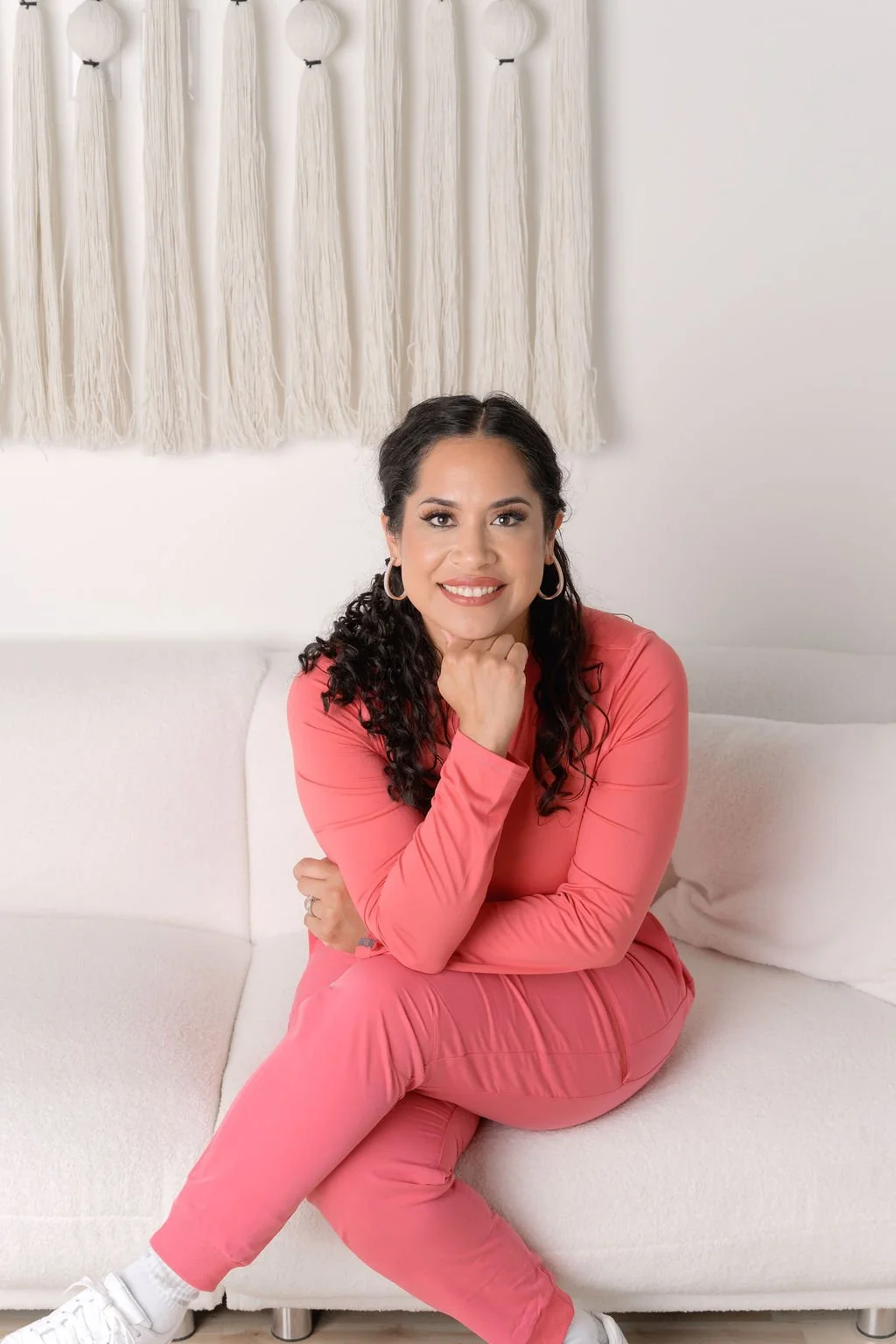In-Home Breastfeeding & Maternal Wellness
Nurturing your glow through pregnancy and postpartum.
At Glowline Sisters Beauty & Wellness, we believe motherhood deserves care that’s both clinical and compassionate.
Our Maternal Wellness Program was created by Registered Nurse Adriana St. Germain, a Labor & Delivery nurse and ASU Lactation Academy graduate (95 education hours), to support women through the unique physical and emotional changes of pregnancy and postpartum.
Whether you’re expecting, newly postpartum, or navigating the beautiful chaos of motherhood — we’re here to help you nurture your glow from the inside out.
💕 Our Philosophy
Motherhood transforms everything — your body, your mind, and your energy.
We combine nursing-led expertise, nutritional support, and gentle aesthetic treatments to help you feel restored, radiant, and cared for in every stage of your journey.
Our Services
💧 IV Therapy for Moms
Our IV drips are carefully formulated for pregnancy and breastfeeding safety and administered by a licensed nurse.
These treatments replenish hydration, vitamins, and minerals that support energy, focus, and recovery.
🌿 Pregnancy & Breastfeeding-Safe Facials
Our Mama Glow Facials are designed for sensitive skin and changing hormones.
We use gentle, medical-grade products safe for expecting and breastfeeding mothers — to keep your skin balanced, bright, and radiant.
🍼 Lactation & Maternal Support
Drawing on her ASU Lactation Academy training, Nurse Adriana provides evidence-based guidance and supportive care for new mothers, including:
Comfort strategies for breastfeeding and pumping
Education on hydration and nutrition for milk supply
Emotional and physical recovery tips after delivery
Integrating aesthetic and self-care safely while breastfeeding
Empowering you to feel confident, nourished, and connected through motherhood.
Breastfeeding FAQs
Getting Started & Basics
Q: When should I start breastfeeding after birth?
A: It’s ideal to begin skin-to-skin contact and attempt breastfeeding as soon as possible—preferably within the first hour after birth. Early nursing helps with latch, stimulates milk production, and supports bonding.
Q: How do I know my baby is latching properly?
A: A good latch feels comfortable (not painful), you’ll see more areola (not just the nipple), and you’ll hear or see swallowing. Your baby’s lips should be flanged outward, and the chin should touch the breast.
Q: How often should I breastfeed in the first days?
A: In the early days, aim for 8–12 feeds in 24 hours (on demand). Cluster feeding is normal. This frequent removal of milk signals your body to increase supply.
Supply, Nutrition & Common Challenges
Q: Is my baby getting enough milk?
A: Indicators include 6–8 wet diapers a day (after day 4), regular bowel movements, weight gain over time, and a content baby after feeding. Audible swallowing and softening breasts after feedings also indicate milk transfer.
Q: What can I do if my milk supply feels low?
A: Try feeding more frequently, pumping after nursing, ensuring proper latch, skin-to-skin time, and staying well-hydrated and nourished. A lactation consultant can help assess and support your supply optimization.
Q: Why do my nipples hurt when nursing?
A: Pain often indicates a latch issue or positioning problem. It may also be due to tongue tie, infection (e.g. thrush), or cracked skin. A skilled lactation consultant can evaluate and help resolve the issue.
Pumping, Storage & Returning to Work
Q: Is pumping the same as breastfeeding?
A: Pumping is a tool to express milk when you’re away or cannot nurse directly. It doesn’t perfectly replicate direct suckling but can support your supply and keep your baby fed.
Q: How should I store expressed breast milk?
A: Use clean, food-grade containers. In general:
Room temperature: up to 4 hours
Refrigerator (≤ 4 °C / 39 °F): up to 4 days
Freezer (0 °F / –18 °C or lower): up to 6 months (best by 3–4 months)
Always label with date and time, and use oldest milk first.
Q: How can I continue breastfeeding when I return to work?
A: Plan ahead: get a good pump, schedule regular pumping breaks, store milk safely, and communicate with your employer about a pumping-friendly space. Also, try to nurse or breastfeed first and last feeds at home if possible.
Weaning, Special Situations & Health
Q: When and how do I wean?
A: Weaning is a gradual process. You can begin by dropping one feeding at a time, substituting with solid foods or bottle feeds (if age-appropriate). Go slow to avoid engorgement or mastitis. What works best depends on your baby’s age and preferences.
Q: Can all mothers breastfeed? Are there exceptions?
A: Most mothers can breastfeed, but exceptions exist—such as certain medical conditions, HIV in some settings, or infants with metabolic disorders. Always consult your healthcare provider. Breastfeeding is highly recommended unless medically contraindicated.
Q: What if I have twins or premature babies?
A: Yes, many parents successfully breastfeed multiples or preemies. It may require extra support, more frequent pumping, and assistance from a lactation specialist. Early skin-to-skin, “kangaroo care,” and patience are key.
🌸 Book Your Glowline Mama Session
Let’s work together.
Take time to refill your cup — you deserve it.
Let us care for you with safe, restorative services that honor both your wellness and your glow.



